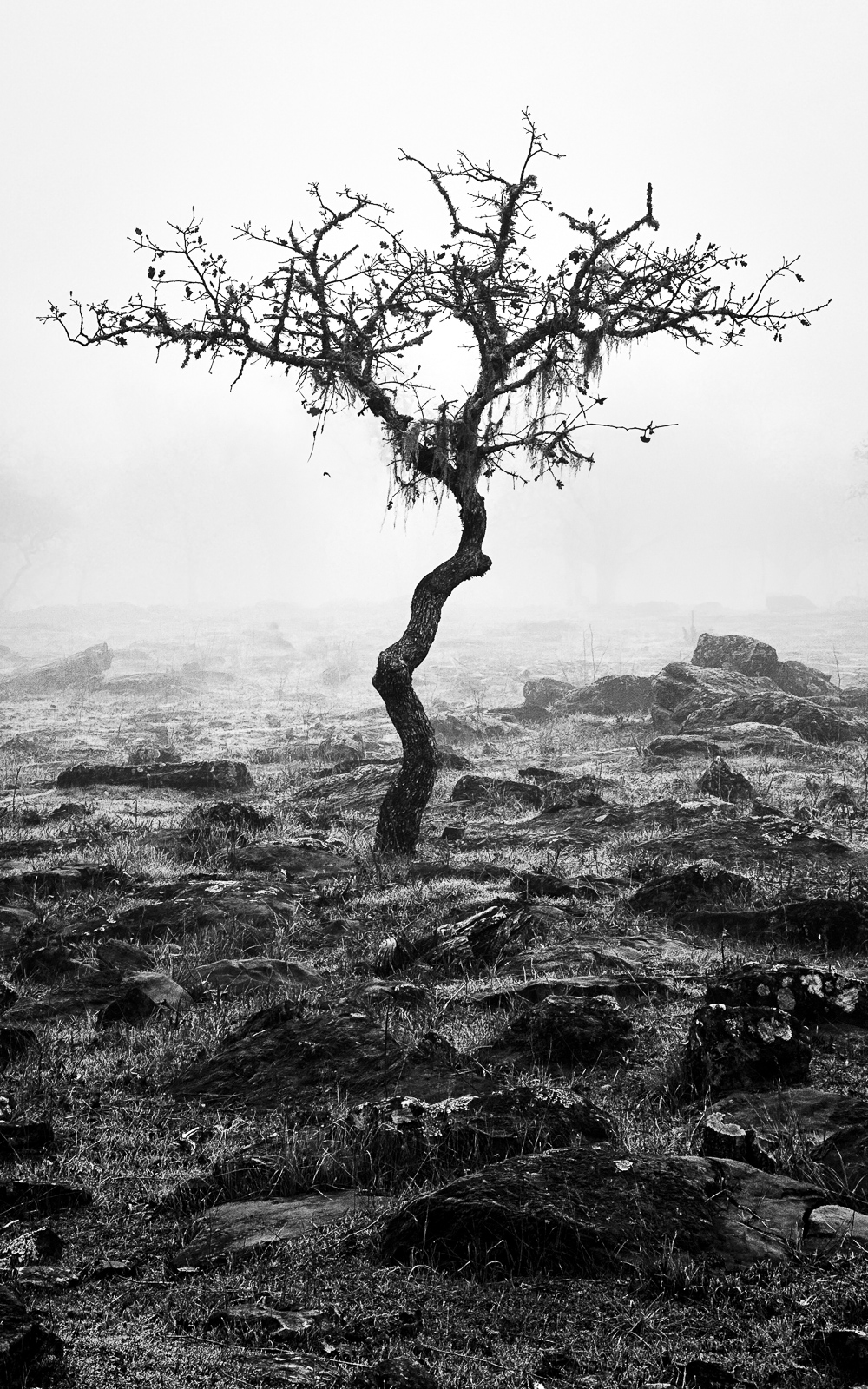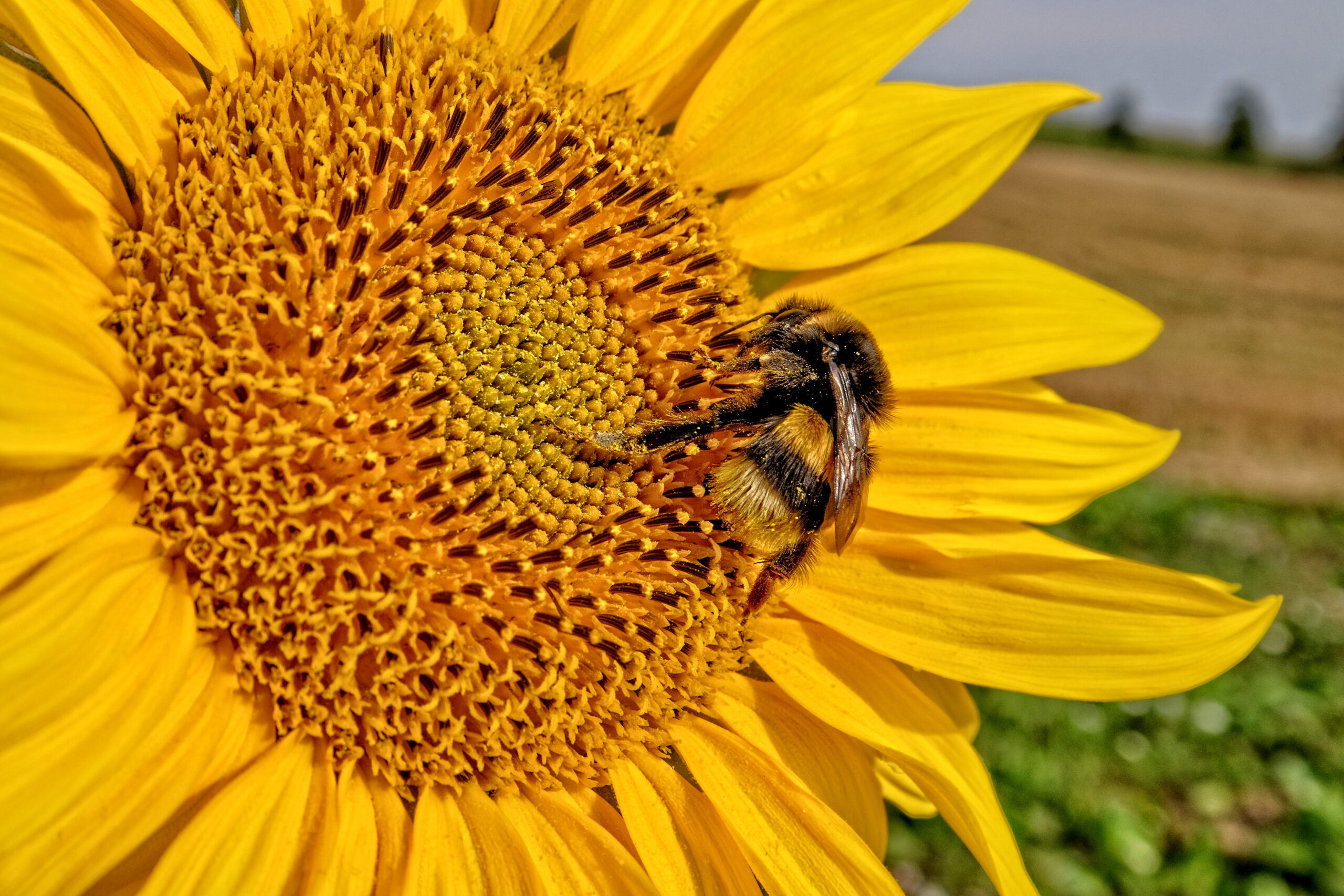Last week, in our single color set, Tersha and Dahlia invited us to capture an outdoor scene, process it as monochrome, and share it at this link. And the essence of such an invitation gives away the most interesting feature of digital monochrome when comparing it to chemical monochrome.
You see, back in the days of film, black and white was the decision prior to the shot to be made when capturing a scene. Chemical photography had some limitations about how to render the full visible spectrum of light. Therefore, color was a challenge for early photography; monochrome was pretty much it. After color became accessible, some kept from migrating to newer formats. Later on, this cultural shift built up the sense of nostalgia we now assign to certain photographs that at least appear to be timeless.
On the other hand, digital monochrome is something that mainly happens in post-production. And I say “mainly”, because there are some nice and pricey digital cameras capable of natively shooting in black and white. This means most commercial cameras register light via an RGB scheme aimed toward delivering a truthful color experience.
Following this glimpse over the history of black and white photography, we proudly share our choice for this challenge of the overall editing process of a black and white image; from shooting to selecting, all the way through post-processing until reaching the visual idea.
Photo of the Week
This was instant! While scrolling through the submissions for the 680ᵗʰ photographic challenge, this image punched me into the back of my chair. Almost as a portrait, this magnificent tree delivered a unique aesthetic experience I simply can't put into words, thanks Timothy for such a breathtaking photograph.

Weekly Photography Challenge Digest
Thanks again Tersha and Dahlia for pushing us forward! Now, images that speak!
“I enjoy doing creative effects to some of my images, although I’m not sure that everyone here is on board to that, or just prefers the minimally adulterated images. Anyway, you can see the original and then the edited monochrome image. I feel that the monochrome has a much more emotional effect”.




“Buttermere”

“A Scottish stream up from Lochgoilhead”




“Some where in the Absoroka Mountains”

“Sunrise On Zezas Lake”





“One from March of 2020 as the C19 thing was about to explode. On the way to Mt. Cook, New Zealand”.

For more fantastic monochrome developments, visit the 680th challenge thread.
A Highlight on the Latest Activity at our Community
Jim requested some help:
I have had very little experience in photographing bees, just the occasional grab shot, none of which came out well. Nevertheless, as there is a bed of yellow and orange flowers not far from our villa, on which many bees were feasting, I decided to learn a bit and give a more concerted effort. Here is one of the two best. Initially I am just trying to get them settled on the plant, not flying. Flying is next. I took this at f5.6 (the best for this 17-70 lens), Shutter 1/800sec, ISO 320. Bright sunlight and a VG histogram. Probably would have been better at f8-f11 to cut down highlights on the wings?

Welcome back Erik, thanks for your insightful comment on the thread and shot:
Hi Jim, Macro is impossible. It’s so hard to get it focused. Your settings seem fine, although maybe f/8 or f/10 might have helped you. Then the ss goes down to 1/400s / 1/200 s but that should be ok on a stationary or slow-moving object. But the bottom line: it has to be tac sharp. In my picture below, the settings were 1/400 s, f/10, ISO 200, and focal length of 24mm. I must say, I like the position of your Bumble bee better, but when it is not in focus, that does not matter anymore.

Marty had some trouble finishing up this shot of a ladybug showcased by two white tulips. She is concerned about the bright white area above the center of the left tulip (burning to darken it slightly doesn’t seem to help). As we can see, brown streaks on some white petals, and the green leaf below the white petal in the upper left:

Swing by if you can help her with this valid technicality!
Thanks, Marty for sharing the link to the starlings migrating through Europe, and thanks LightandShadow for sharing such wonderful shots:
- High water, early Winter
- Downstream, Davidson River, Pisgah National Forest, North Carolina, US
- Finding beauty
Last but not least, and as you read it in the title, we've decided to make things more interesting in our place. Get all there's to know about the “New Light Stalking Monthly Contest with $250 Cash Prize” in the following link.
We'd Love To Hear Your Thoughts
Our Feedback Forum is a fine place for all those people wanting to grow fast as photographers. Here, you'll get your work reviewed by well-intended photographers, but you'll also have the chance to comment on the work of others. We believe in the power of feedback, and here are the latest shots shared in the pool:
The Shark Tank is a great place to learn and to discuss, but please read the instructions in order to get a better experience. Share your comments, opinions and doubts on any or all of the images above. We also will be delighted to see some of your own images. Remember all comments are given to the photographs; not the photographers.
Also, don't forget to participate in our upcoming challenge!






